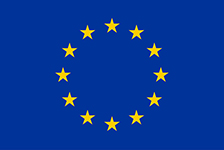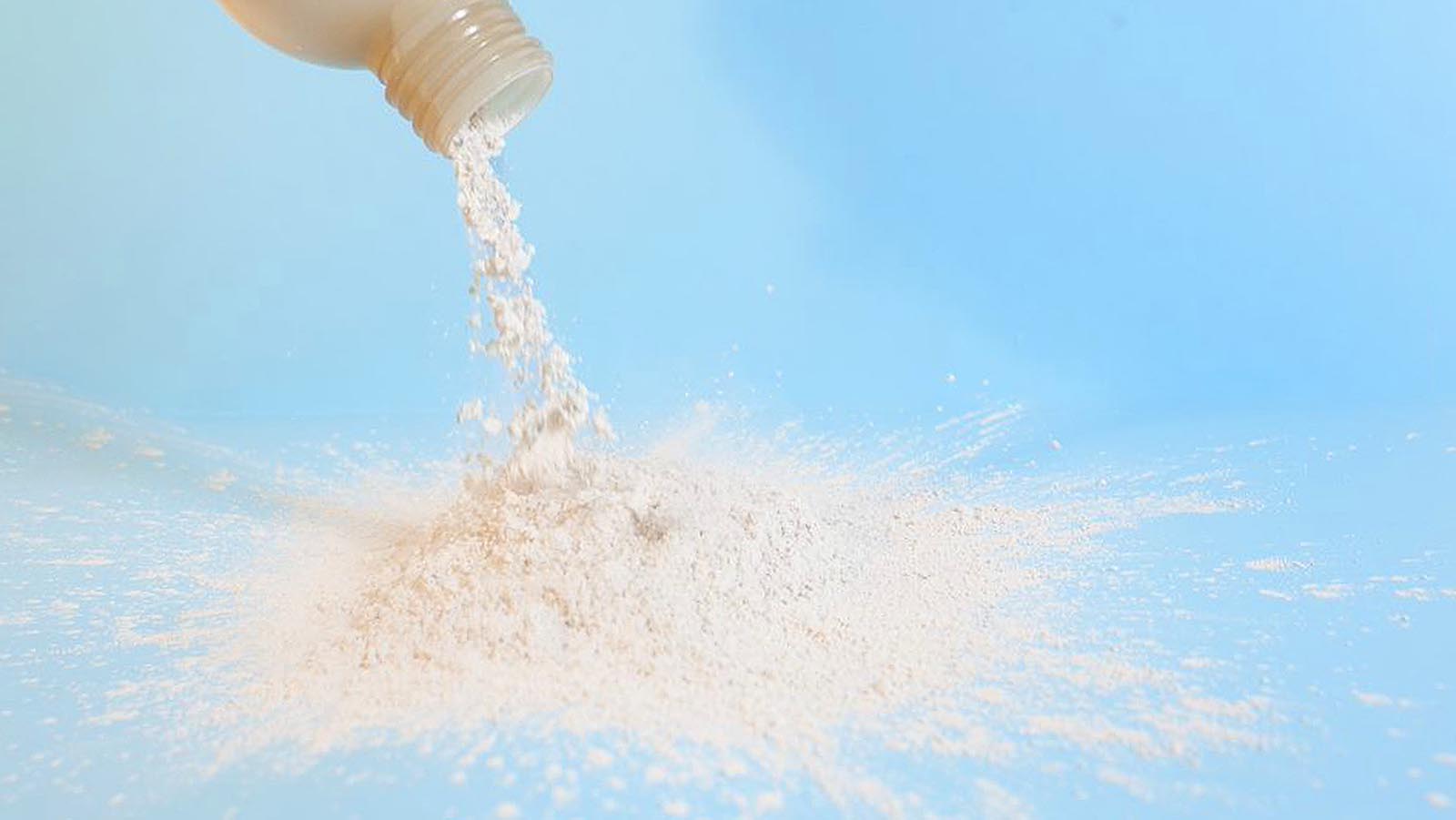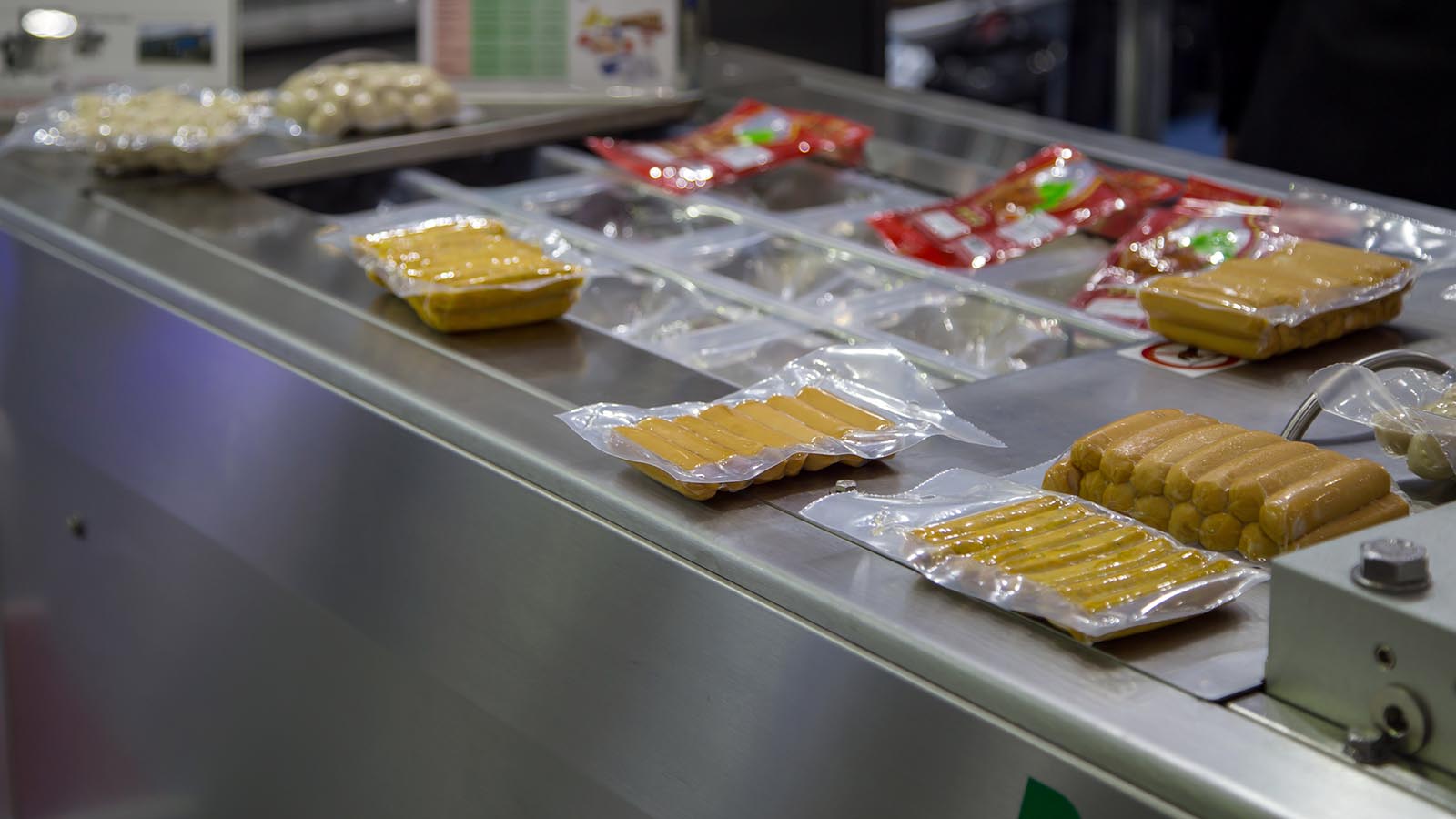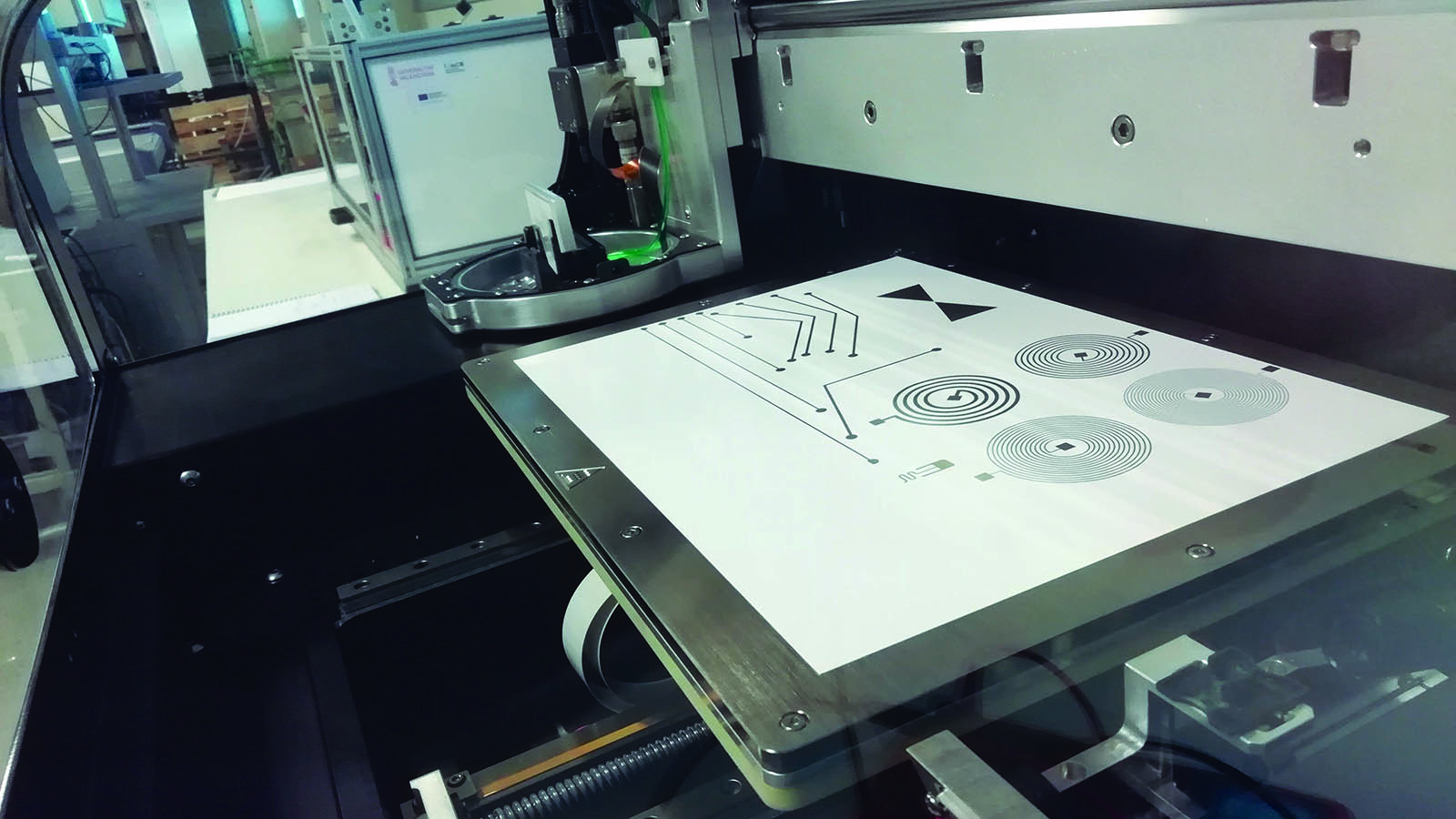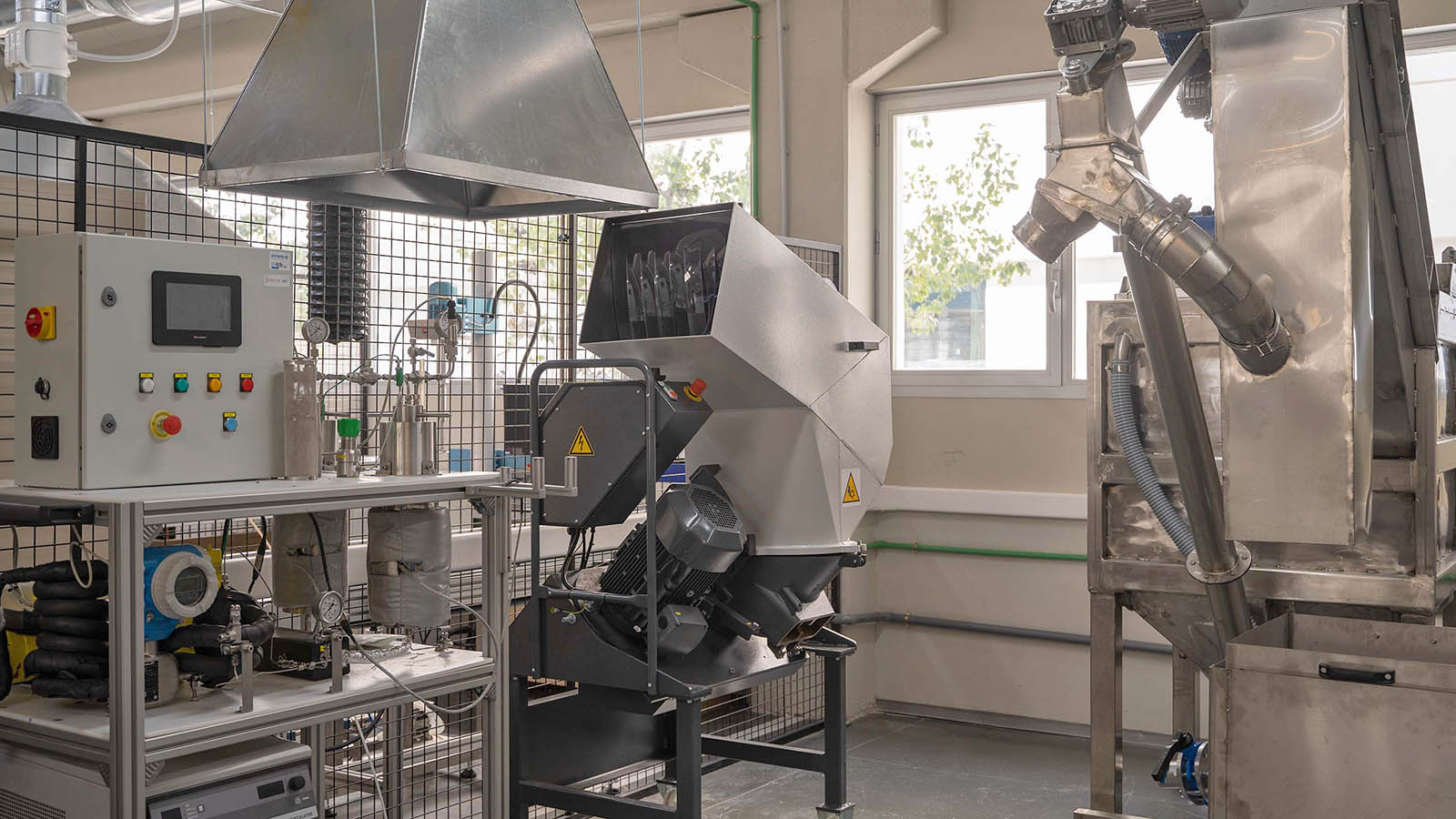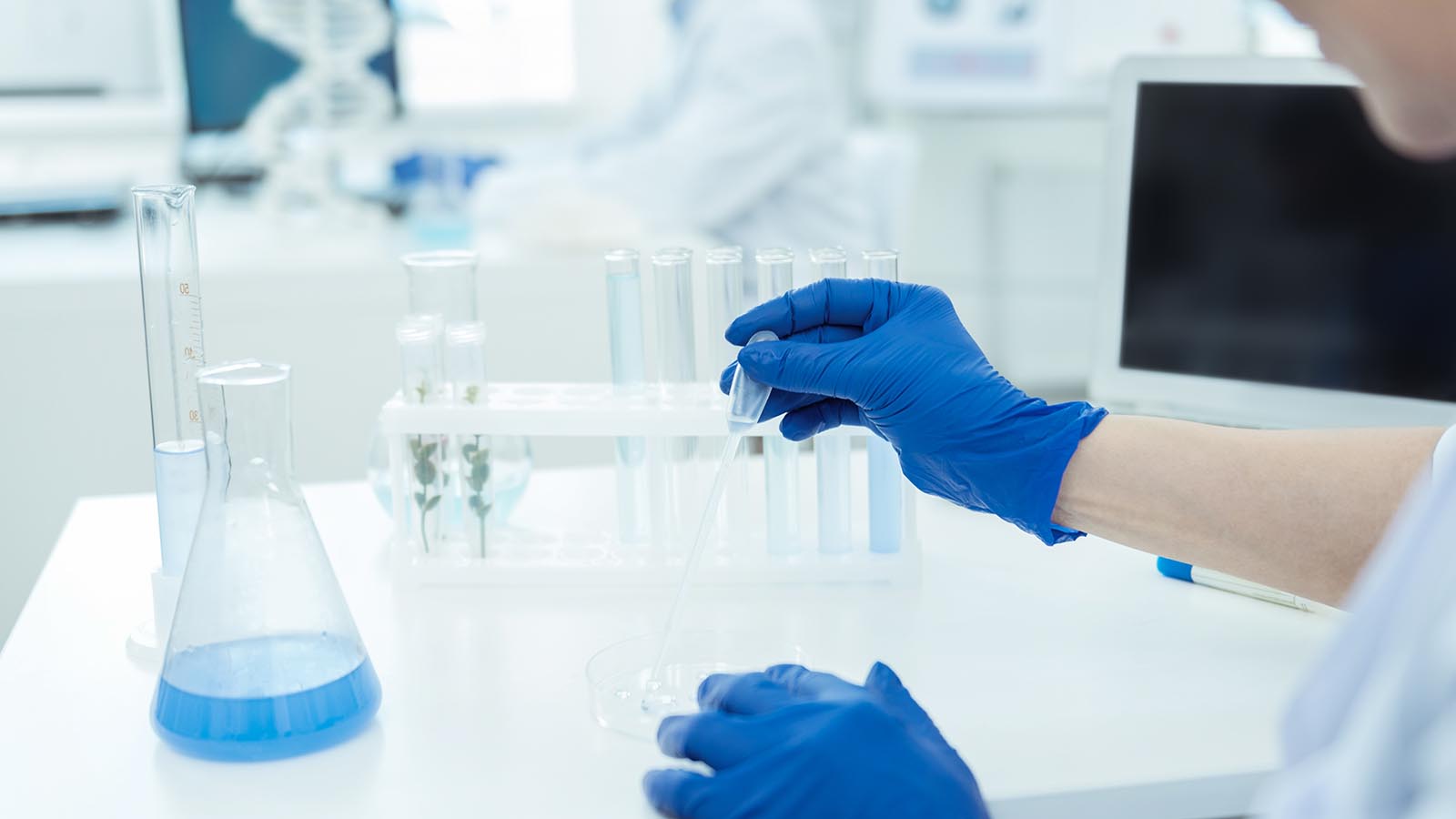PRESERVE: High performance sustainable bio-based packaging with tailored end of life and upcycled secondary use
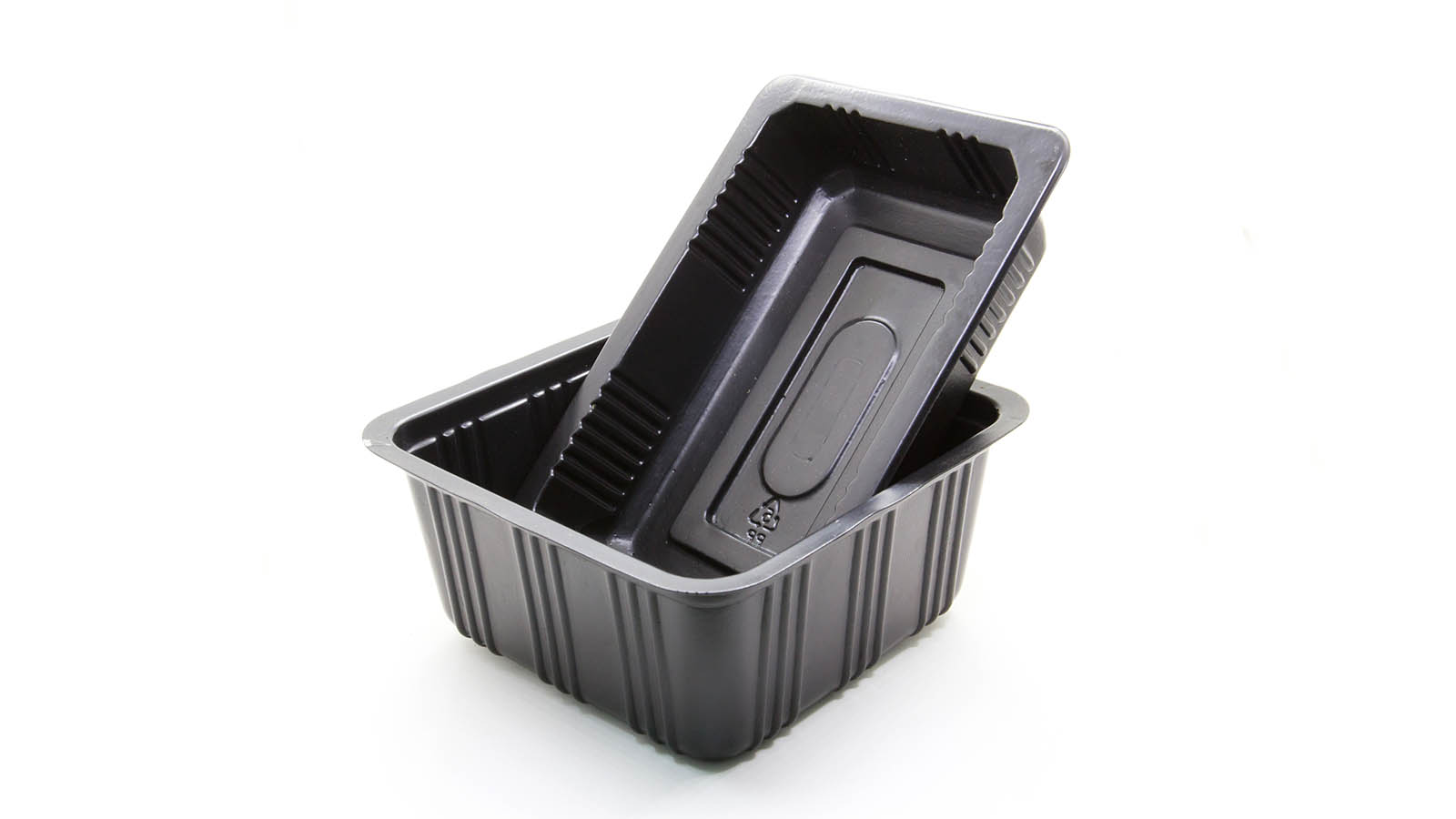
The main objective of the PRESERVE project is to replace fossil fuel-based plastic materials used in food packaging with bio-based solutions with enhanced properties.
Context
In Europe, 50 million tonnes of fossil-based plastics are consumed each year, of which only 32% are recycled annually. Furthermore, packaging accounts for around 40% of total production (according to Plastics Europe in its report Plastics the Facts 2020), thanks to its many properties, including lightness, ease of processing, product preservation, low cost and versatility.
In this context, there is a growing demand for bioplastics that provide new solutions in terms of life cycle (End of Life, EoL) and raw materials. Thus, according to data from European Bioplastics, they currently occupy a 1-2% market share globally (Bioplastics market data 2020 report), but global bioplastics production capacity is expected to increase from around 2.11 million tonnes in 2020 to approximately 2.87 million tonnes in 2025.
However, although there are some solutions that are already being applied today, there are still unsatisfied demands for which special bio-based materials need to be developed.
In addition, there is a growing consumer awareness of the importance of environmental conservation that coincides with the requirements set at European level. Thus, in 2015, the EU Action Plan for the Circular Economy was defined, which states that by 2030 all plastic packaging must be reusable or be able to be recycled in a cost-effective way. This plan resulted in Directive 2018/852, which amends Directive 94/62/EC on packaging and packaging waste and determines the minimum reuse and recycling of plastic waste for the medium and long term: 50% by 2025 and 55% by 2030, as well as recycling of a minimum of 70% by weight of all packaging waste.
Summary and objectives
The main objective of PRESERVE is to replace fossil fuel-based plastic materials used in food packaging with bio-based solutions with improved properties. The project is based on the philosophy of “upcycling“, which advocates creative reuse and involves the use of products, waste materials or waste to make new materials or products of higher quality, higher ecological value and higher economic value. Upcycling is one of the practices of the Circular Economy.
Within the project a number of tasks will be developed:
- Protein-based barrier coatings and adhesives, specifically polyhydroxyalkanoates (PHA), for which they will be adapted and used in new material combinations that are easy to sort and recycle:
– Protein-based coatings with oxygen barrier and hydrophobic coatings that decrease the gas permeability of biopolymers to enable the packaging of food products. These materials, although multilayered, can be subsequently recycled or biodegradable.
– De-laminable adhesives that allow the separation of multilayer materials.
-PHA coatings that provide a barrier to water vapour, liquid food/beverage and grease, especially for paper/cardboard/pulp-based beverage containers.
- Electron beam surface treatment for the improvement of mechanical and barrier properties of biopolymers: eBeam radiation will be applied, which has demonstrated – on a laboratory scale – the ability to increase the barrier and mechanical properties of biopolymers and to increase the compatibility of polymer blends. This technique shows, a priori, a good industrial potential as a step prior to decontamination in packaging lines.
- (Self)reinforcement of biopolymers with microfibres: To compensate for the degradation of secondary raw materials during reprocessing of the materials, recycled bioplastics with improved properties will be obtained through self-reinforcement. Although this can also be applied to virgin materials, it is particularly innovative for the reprocessing of bi-component packaging (e.g., co-extruded films) without the need to separate the layers.
- Enzymatic action: In order to achieve a more optimal end-of-life of waste, the use of enzymes will be explored in 3 complementary approaches:
– Incorporation of enzymes into bioplastics (enzymation) which will allow PLA to be improved to biodegrade even at higher thickness or milder conditions than standard PLA.
– Controlled enzymatic recycling applied to PLA and coated or multilayer PLA materials, in order to obtain oligomers and to synthesise new polymers with a chemical structure specifically designed for secondary recycling applications in the fields of coatings and adhesives.
– Removal of adhesives or coatings by enzymatic detergents during the cleaning of end-of-life containers for delamination. This will be an optional process prior to reprocessing and upcycling of single and multilayer bioplastic packaging for food and beverages or prior to repulping of fibre packaging.
The aim is to produce new materials. Specifically, PLA (polylactic acid), bioPA (biopolyamide), bioPET (polyethylene bioterephthalate), bioPE (biopolystyrene), cardboard and moulded cellulose. These materials will be used for food contact packaging applications such as cheese spreads, meat, snacks, yoghurts and juices.
Similarly, work will be carried out with r-PLA (recycled polylactic acid), r-PET (recycled polyethylene terephthalate), r-PE (recycled polystyrene), r-PA, r-bioPE (recycled biopolystyrene), PLA, bioPE, bioPET with the aim of obtaining applications in the cosmetics sector (jars and bottles), textile packaging (non-woven bags) and composites (recycled biopolymers and fibres).
mposites (biopolímeros reciclados y fibras).
Consortium
The PRESERVE consortium brings together 26 partners from 9 European countries, including 7 technology centres or universities, 9 SMEs, 9 large companies and 1 association.
1. IRIS TECHNOLOGY SOLUTIONS, S.L.-Coordinator. (Spain):
2. FACHHOCHSCHULE ALBSTADT-SIGMARINGEN (Germany).
3. CENTRE SCIENTIFIQUE & TECHNIQUE DEL’INDUSTRIE TEXTILE BELGE (Belgium)
4. ASOCIACION DE INVESTIGACION DE MATERIALES PLASTICOS Y CONEXAS -AIMPLAS (Spain).
5. FRAUNHOFER GESELLSCHAFT ZUR FOERDERUNG DER ANGEWANDTEN FORSCHUNG E.V. (Germany).
6. PACKAGING, TRANSPORTS AND LOGISTICS RESEARCH CENTRE-ITENE (Spain).
7. NEXT TECHNOLOGY TECNOTESSILE SOCIETA NAZIONALE DI RICERCA R L (Italy).
8. ALMA MATER STUDIORUM – UNIVERSITA DI BOLOGNA (Italy).
9. BIOPOLIS SL (Spain).
10. PLANET BIOPLASTICS SRL (Italy),
11. BOSTIK SA (France).
12. CARBIOLICE (France).
13. SUDPACK VERPACKUNGEN GMBH & CO KG (Germany).
14. GRAPHIC PACKAGING INTERNATIONAL EUROPE (Belgium),
15. SIBO G. d.o.o. (Slovenia).
16. BEIERSDORF AG (Germany).
17. ORGANIC WASTE SYSTEMS NV (Belgium).
18. PLA.TO GMBH (Germany).
19. ROMEI SRL (Italy).
20. DENIMX BV (The Netherlands).
21. SILON SRO (Czech Republic).
22. KNEIA SL (Spain).
23. CROWDHELIX LIMITED (United Kingdom).
24. EUROPEAN BIOPLASTICS EV (Germany).
25. DANONE RESEARCH SAS (France).
26. KRAFT FOODS R&D INC (United States).
ITENE’s role
The PRESERVE project is organised in nine work packages (WP) and ITENE is involved in three of them.
ITENE will act as leader of the activities related to microplastics release, circularity assessment and food safety and regulation. More specifically, ITENE will lead:
- Subtask 3.4.1 in WP 3, consisting in the development and characterisation of a coating to reduce the release of microplastics.
- Subtask 3a.5.2 in WP 3, in which the scaling up of the coating for its application in textile packaging (non-woven bag) will be carried out.
- Task 7.4 in WP 7 on the assessment of circularity. ITENE will carry out an evaluation of KPIs to ensure the circularity approach of the project results that will allow the scaling up and validation of the solutions of WP3, WP4, WP5 for packaging, textile, and composites.
- Task 7.5 of WP 7 on the identification and assessment of legal, regulatory, ethical, environmental and health and safety requirements, which will lead to the assessment of the legal framework in relation to the risk assessment of the prototypes and the compliance of the prototypes with the EU regulation on food contact materials.

